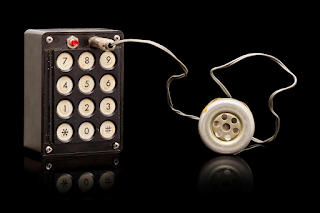If a person has control over any function, it can also be used to control the computer
Stephen Hawking is a well-known British physicist and a world-class scientist, who is considered the most practical theoretical physicist since Albert Einstein. At the a very young age of 22, Stephen Hawking contracted Amyotrophic Lateral Sclerosis (ALS) also referred to as motor neurosis.
It causes muscle twitching and deterioration of muscles which leads to degeneration of muscles, difficulty in swallowing, talking and even breathing. Initially, doctors made a prediction that he has only 2 years left to live. But the genius went on to live up until he turned 76 and passed away in 2018.
A human with such a rare degenerative disease went on to do phenomenal work in physics on Black holes and became one of the most outstanding scientists of all times. He was the best selling author of his time. Now, a question rises: how did a disabled man who could barely move his muscles got around to start giving lectures and writing books?
This is where comes the intervention of Intel that has helped the genius with a speech-generating device for communication with other people. Hawking used an infrared switch mounted on his spectacles which can be moved by twitching his cheek. Intel had a dedicated engineering team that would help him cope with his communication process. The software was updated frequently to cope with his deteriorating control over his muscles.
The software would move a cursor across rows and columns of letters and Hawking could select the desired letter by twitching his cheek. Words and sentences were formed by selecting individual letters. The software went on to predict and auto-fill the words he used, therefore giving him further simplified process. The software developed specifically for Stephen also learned to analyze the content of a specific lecture or book he was working on to further simplify the process. The speech synthesizer gave out the sentence once it was completed.



Comments
Post a Comment